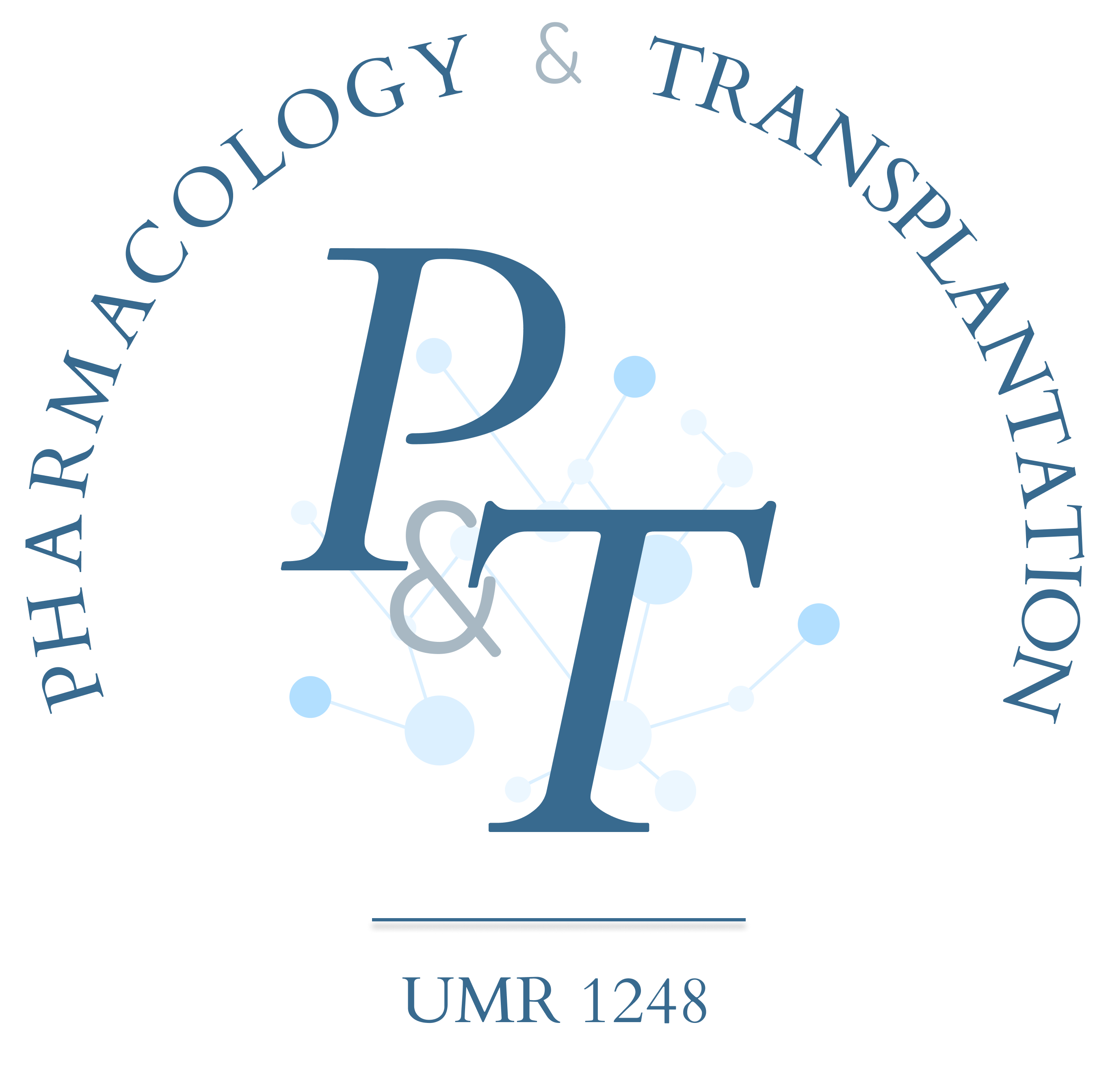Tissue Injury Protection: The Other Face of Anticoagulant Treatments in the Context of Ischemia and Reperfusion Injury with a Focus on Transplantation
Abstract
Organ transplantation has enhanced the length and quality of life of patients suffering from life-threatening organ failure. Donors deceased after brain death (DBDDs) have been a primary source of organs for transplantation for a long time, but the need to find new strategies to face organ shortages has led to the broadening of the criteria for selecting DBDDs and advancing utilization of donors deceased after circulatory death. These new sources of organs come with an elevated risk of procuring organs of suboptimal quality. Whatever the source of organs for transplant, one constant issue is the occurrence of ischemia–reperfusion (IR) injury. The latter results from the variation of oxygen supply during the sequence of ischemia and reperfusion, from organ procurement to the restoration of blood circulation, triggering many deleterious interdependent processes involving biochemical, immune, vascular and coagulation systems. In this review, we focus on the roles of thrombo-inflammation and coagulation as part of IR injury, and we give an overview of the state of the art and perspectives on anticoagulant therapies in the field of transplantation, discussing benefits and risks and proposing a strategic guide to their use during transplantation procedures.
Fichier principal
 Tissue Injury Protection_The Other Face of Anticoagulant.pdf (1.25 Mo)
Télécharger le fichier
Tissue Injury Protection_The Other Face of Anticoagulant.pdf (1.25 Mo)
Télécharger le fichier
| Origin | Publisher files allowed on an open archive |
|---|---|
| licence |





